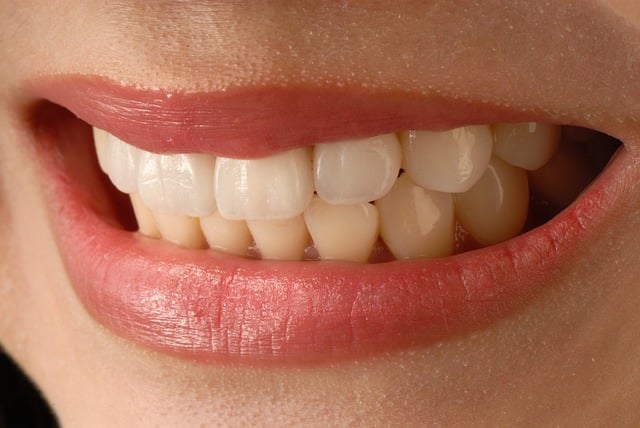When it comes to enhancing one’s smile, dental veneers are a popular option, known for their ability to transform and improve the appearance of teeth. However, the question often arises: Can insurance cover veneers? This inquiry is particularly pertinent given the typically high cost of veneers and their classification as a cosmetic procedure. This article aims to explore the circumstances under which dental insurance might cover veneers, shedding light on the nuances of dental insurance policies in relation to cosmetic dentistry.
Can Insurance Cover Veneers?
Dental insurance is primarily designed to cover preventive and restorative treatments, focusing on the health and functionality of the teeth. Veneers, which are thin shells of porcelain or composite material placed over the front surface of teeth to improve their appearance, often fall into the category of cosmetic dentistry. Given this classification, the coverage for veneers by dental insurance is not straightforward and typically depends on the specific reason for the procedure.
Cosmetic vs. Restorative Dental Procedures
The distinction between cosmetic and restorative dental procedures is crucial in the context of insurance coverage. Restorative procedures, which are necessary for oral health, are more likely to be covered compared to procedures that are purely cosmetic.
Criteria for Insurance Coverage
Some insurance policies may cover veneers if they are deemed medically necessary — for example, to restore tooth structure damaged by injury or decay. Understanding these criteria is key for those considering veneers and hoping to receive some form of insurance support.
In the upcoming sections, we will delve into the specifics of how insurance policies handle veneers, tips for navigating potential coverage, and alternative financing options for those whose insurance does not cover the procedure:
- Insurance Coverage for Veneers: Exceptions and Limitations
- Navigating Insurance for Cosmetic Dentistry
- Strategies for Managing Costs of Veneers
- Alternative Financing Options
By examining these aspects, we aim to provide clarity on the often complex relationship between dental insurance and veneers, offering valuable insights for individuals looking to enhance their smile with this dental procedure.
Let’s explore the intricacies of insurance coverage for veneers and how patients can approach this cosmetic treatment from a financial standpoint.
Insurance Coverage for Veneers: Exceptions and Limitations
Limited Coverage Scenarios
While most dental insurance policies classify veneers as a cosmetic procedure and exclude them from coverage, there are exceptions. If veneers are deemed necessary for restorative purposes – for example, to repair damaged teeth or as part of reconstructive dental work – some insurance plans may offer partial coverage.
Reviewing Policy Details
It’s essential to thoroughly review your dental insurance policy or speak directly with your insurance provider to understand the specific terms and conditions regarding veneers. Look for clauses related to cosmetic procedures and any exceptions that might apply.
Navigating Insurance for Cosmetic Dentistry
Pre-Authorization
For any chance of coverage, it’s advisable to seek pre-authorization from your insurance company. This typically involves submitting a treatment plan from your dentist, detailing the necessity of veneers for your dental health.
Documentation of Medical Necessity
If veneers are recommended for medical rather than cosmetic reasons, ensure that your dentist provides detailed documentation. This could include dental records, photographs, and a narrative explaining why veneers are medically necessary.
Strategies for Managing Costs of Veneers
Inquire About In-Network Providers
Using a dentist who is in-network with your insurance company can help reduce out-of-pocket costs, even if veneers are not fully covered. In-network providers have agreed-upon rates for services, which can be more favorable.
Explore Treatment Alternatives
Consider discussing alternative treatments with your dentist. There might be other restorative options that can achieve similar results and have a higher likelihood of insurance coverage.
Alternative Financing Options
Dental Discount Plans
Some dental discount plans offer reduced rates on cosmetic procedures, including veneers. These plans are not insurance, but they can provide savings on various dental services.
Payment Plans and Financing
Many dental offices offer payment plans, allowing you to spread the cost of treatment over time. Additionally, healthcare financing options like CareCredit provide specific credit lines for medical and dental procedures, including cosmetic dentistry.
Health Savings Accounts (HSAs) or Flexible Spending Accounts (FSAs)
If you have an HSA or FSA, check if you can use these funds to pay for veneers. These accounts allow you to use pre-tax dollars for qualified medical expenses, potentially saving you money.
Conclusion:
In conclusion, while dental insurance typically does not cover veneers due to their cosmetic nature, there are exceptions and strategies that can help manage the costs. Understanding your insurance policy, seeking pre-authorization, and exploring alternative financing options are critical steps in the process.
Remember, open communication with both your dentist and insurance provider is key to navigating the costs associated with veneers. By carefully considering your options and leveraging available resources, you can make informed decisions about this significant investment in your dental health and appearance.



